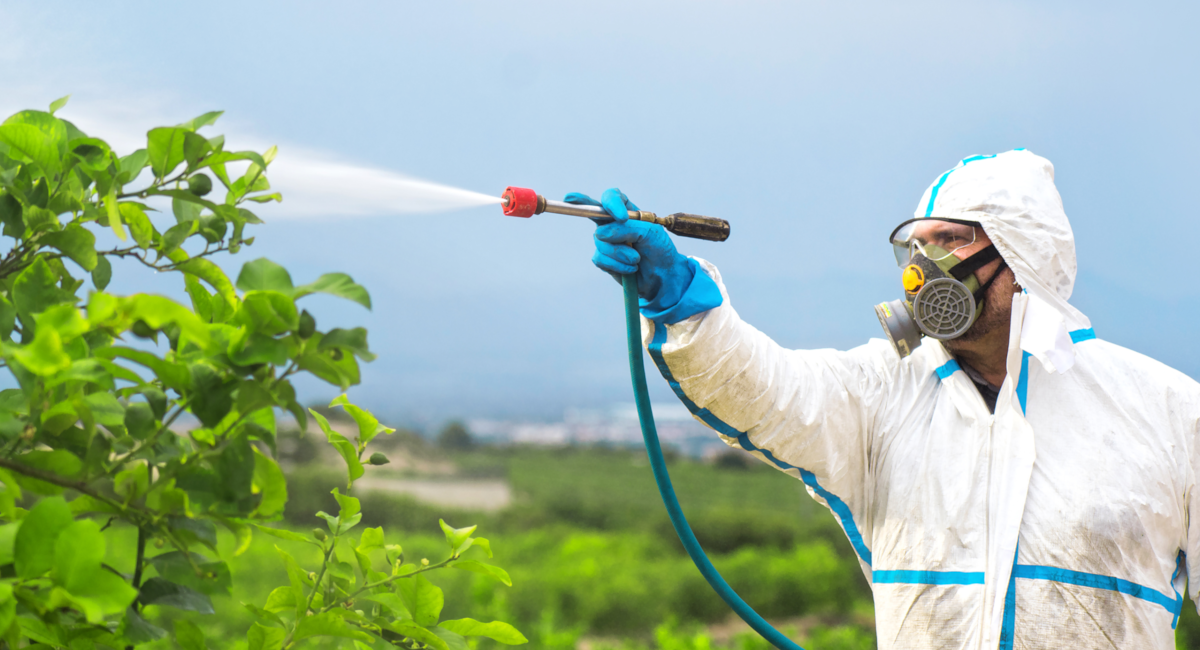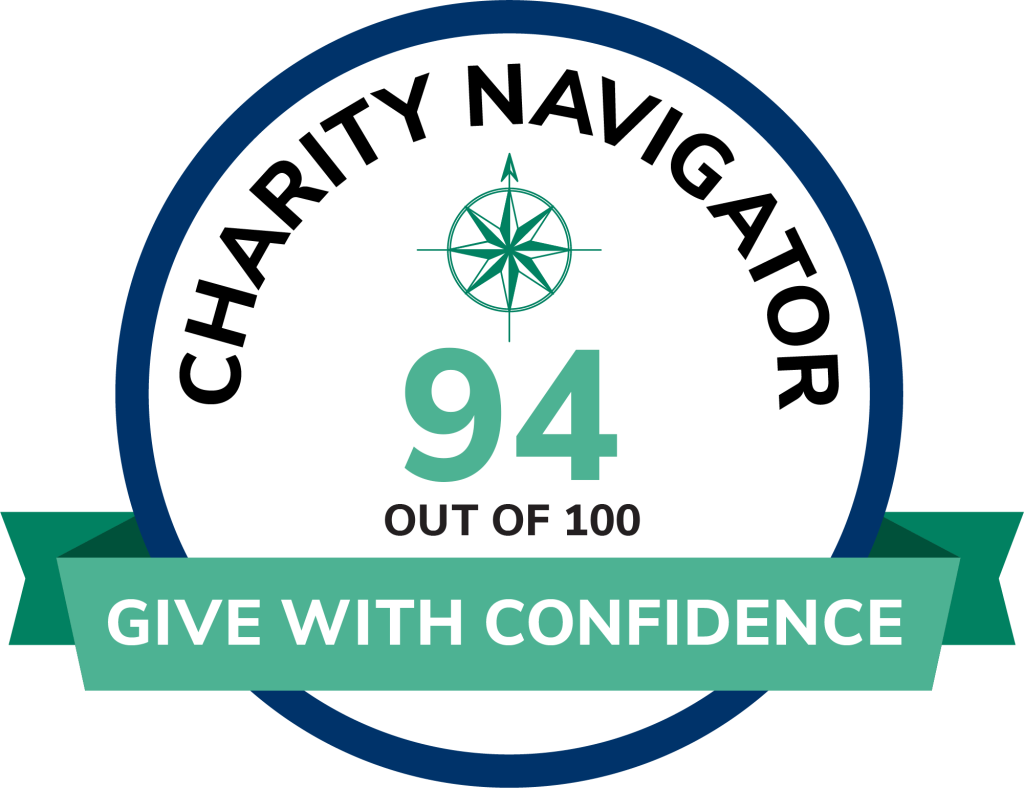
Kathy Attar, MPH
Eco-Healthy Child Care® Program Manager
In late April, a federal court ordered the Environmental Protection Agency (EPA) to take actions that will force the pesticide chlorpyrifos, which is a neurotoxicant, off the market. For years, the EPA has considered the mounting evidence that links the pesticide to loss of: IQ, learning difficulties, and ADHD in children, but had repeatedly delayed taking action.
The federal lawsuit was brought by the National Resources Defense Council (NRDC) and filed by Earthjustice on behalf of the League of United Latin American Citizens, the Pesticide Action Network, United Farm Workers, and other health and labor groups.
Exposure to chlorpyrifos, through residue on food and drift near agricultural fields where it was applied, has caused immeasurable harm to developing children. According to research, organophosphate pesticides, of which chlorpyrifos is the most widely used, accounted for an estimated $594 billion in external societal costs, including added health care and education, between 2001 and 2016.
Children may be exposed to pesticides by: playing on treated floors, lawns, and play structures; eating pesticide-treated foods; handling treated pets; or drinking contaminated water.
Taking chlorpyrifos off the market is a tremendous win for children’s health but we mustn’t stop there.
Reducing pesticide exposures in child care settings can help protect children and staff. One way to do so is to ensure the pest control operator you employ in your facility is implementing least toxic or Integrated Pest Management (IPM) practices.Strategies like eliminating food and water sources and blocking entryways.
Below are tips for how to choose a pest control operator that uses least-toxic IPM strategies:
- Identify the pest and conduct research about how to control it using preventative approaches (i.e., removing what the pest is drawn to: food, water, shelter).
- Contact several pest control professionals to assess which of them uses least-toxic, preventative alternatives. For example, confirm that baits and traps are employed against cockroaches (rather than sprays) and that baits (rather than sprays) are used for ants.
- Ask the professional to inspect the site of concern and provide a written diagnosis of the problem or an identification of the pest.
Learn more practical and no-to-low cost strategies for preventing children and staff from unnecessary exposures to harmful chemicals found in cleaning products, plastics, and furnishings, among other hazards in our Protecting Children’s Environmental Health e-course. The course is approved for learning clock hours for child care professionals in 48 states.










